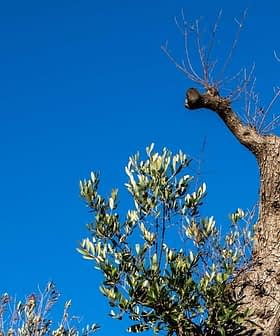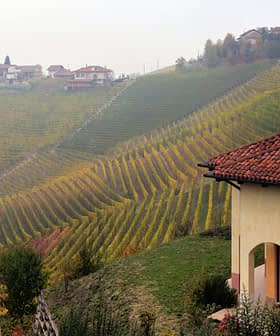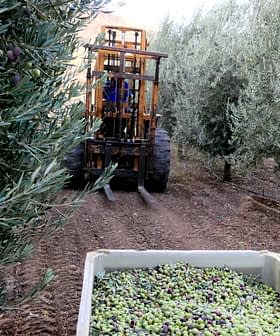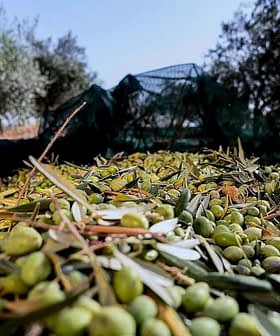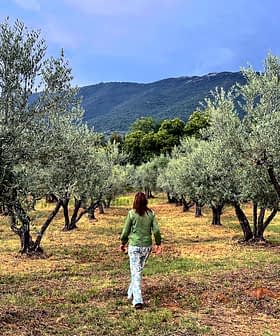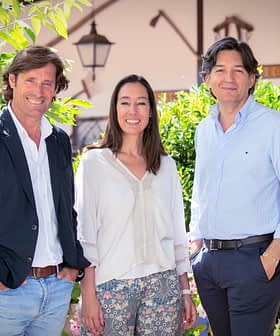2014 was the annus horribilis for Italian EVOO producers. Salento plagued by an outbreak of Xylella fastidiosa, and the rest of the Italian regions were attacked by the olive fruit fly, not to mention diffusion of Peacock spot and Verticillium — all aided by climatic factors. The result was in most cases a harvest of damaged olives, production of oil with low polyphenolic content and often acidity over the legal limit for the extra virgin grade.
In short, it was a harvest to forget. However, we have reason to believe that — knock on (olive) wood — the 2015 harvest 2015 will be better. Producers are more prepared to fight fly attacks effectively (they can already expect it considering another mild winter) and they can count on a beneficial effect of the natural biological cycle that suggests a better harvest will follow a poor one.
I met some organic EVOO producers, since they were the most damaged last year, to understand their impressions about the last harvest and the next one. I started from the south, in Apulia, and I reached Liguria, going through Lazio and Umbria.
Andrea Serrilli
Andrea Serrilli supervises a family farm that has produced oil since 1855 on Gargano promontory in Apulia: 30,000 trees of Ogliarola Garganica, Coratina and Leccino and, more recently, intensive plantings of Arbequina, Koroneiki and Arbosana cultivars.
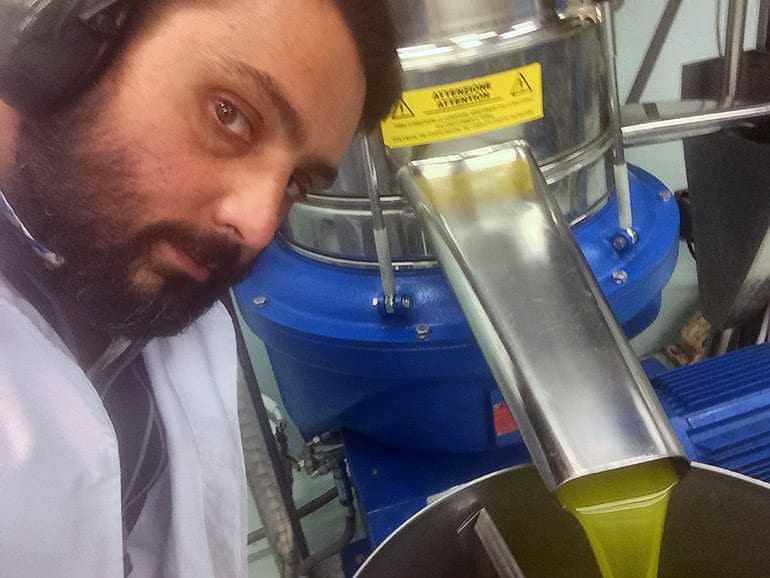
Andrea Serrilli
Olives are crushed in a recently-built private mill. “The key is constant monitoring. During last year, thanks to traps, we immediately realized the fly would have constituted a problem. We started using organic insecticides in June, then we reused them in August and September. Although they were subjected to washout due to rains and most of product was lost, if we had not implemented insecticide action we would have lost the entire production,” Andrea considers.
However, despite a loss of 50 percent of production and lower polyphenolic content, Serilli’s product was good enough to win competitions (Ercole Olivario and Biol). The spring bloom is slightly delayed due to a cool climate, but Andrea is optimistic. “We must be alert and, if June is too mild, our first task will be to contain fly attacks. Now, conditions of olive trees in full bloom look very good,” he concludes.
Filippo Pompili
“The Last oil campaign was the worst ever, with a drop in production between 40 percent and 60 percent all over central Italy. Usual treatments were almost useless last year at the time that we realized the size of the problem,” Filippo Pompili admits. He manages a company with his sister Carolina in Palombara Sabina, Latium. 5,000 plants of 40 to 60 years old and only one thousand trees of Carboncella, Rosciola, Frantoio, Leccino and Pendolino that have been selected and dedicated to oil production. Their distribution points to a market niche: private companies that give EVOO as gifts. Pompili sends his olive oil around the world.
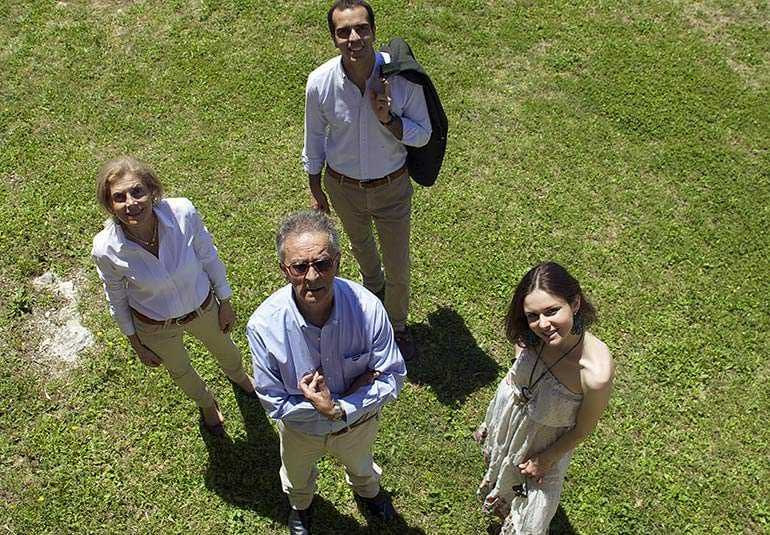
Filippo Pompili and Family
Despite the poor harvest, they managed to achieve awards at the national level (Two Leaves Gambero Rosso ). This shows that difficulties have not discouraged the effort of producers to reach high quality. “In June we will start to use habitual organic treatments. Now, hoping for good weather conditions, we are optimistic about next harvest,” Filippo says, determined.
Raffaella Spada
On another stopover in Central Italy I meet Raffaella Spada, who runs the family farm Le Vie Bianche with her sister Daniela, producing oil since the 1960s in a beautiful estate in the countryside of Città della Pieve, Umbria.
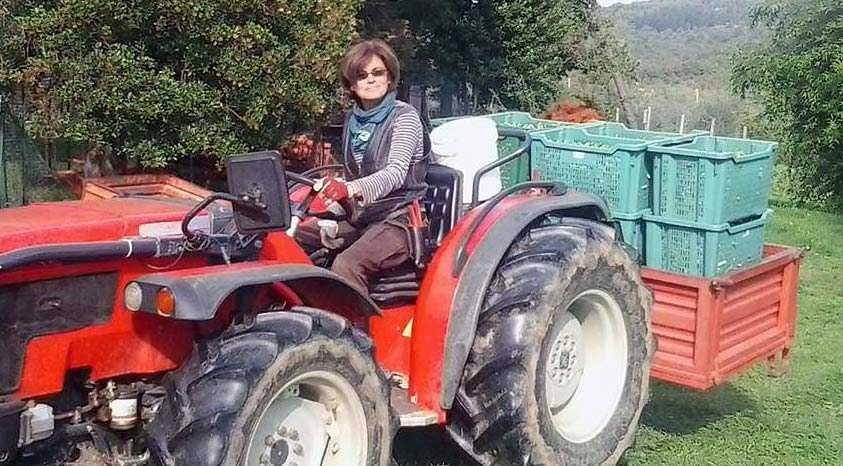
Raffaella Spada at Le Vie Bianche
They started with 300 plants, now they take care of 1,400 olive trees including Frantoio, Leccino, Moraiolo and Dolce Agogia (a native cultivar) surrounded by woods 400 meters above sea level. Raffaella is a sailor and brings her EVOO around the ocean, delivering it to clients directly.
For her olive grove, she uses natural fertilizers and green manure alternatively, but last year every effort was defeated by the fly and production was null. “I had never even seen flies before last year since our olive grove is located in a climatically strategic position,” Raffaella says.
She comes from great productions: in 2011 and 2013 her EVOO achieved awards in national and international competitions (Concours International des Huiles du Monde and Olio Capitale). At present, the state of her plants look good and she is more resolute than ever to repeat past successes: “I’m sure our EVOO will be great again and can’t wait to bring it on the ocean.”
Franco Ferrarese
My last stopover is in Liguria, province of Imperia, at Tèra de Prie. A certified organic farm managed by Franco Ferrarese and his son Nicola, with 3,500 Taggiasca olive trees arranged on characteristic terraced dry stone walls next to their family mill, 300 – 400 meters above sea level.
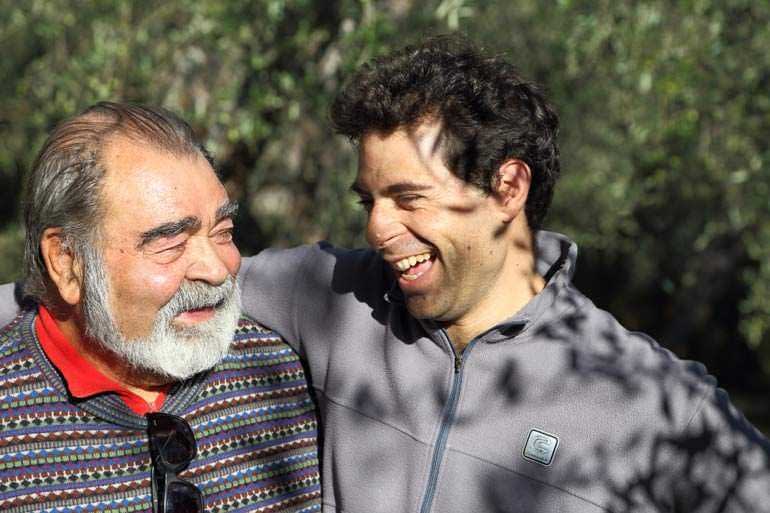
Franco Ferrarese and his son Nicola
Last year fly attacks reduced production by 70 percent. “Nevertheless, quality has been preserved thanks to the use of traditional organic techniques to combat the fly. The main weapon was kaolin, which allowed us to obtain a high-quality EVOO,” Nicola reveals.
“In these days, the plants present a high number of flowers that are starting to bloom. We count on suitable weather conditions for pollination”.

